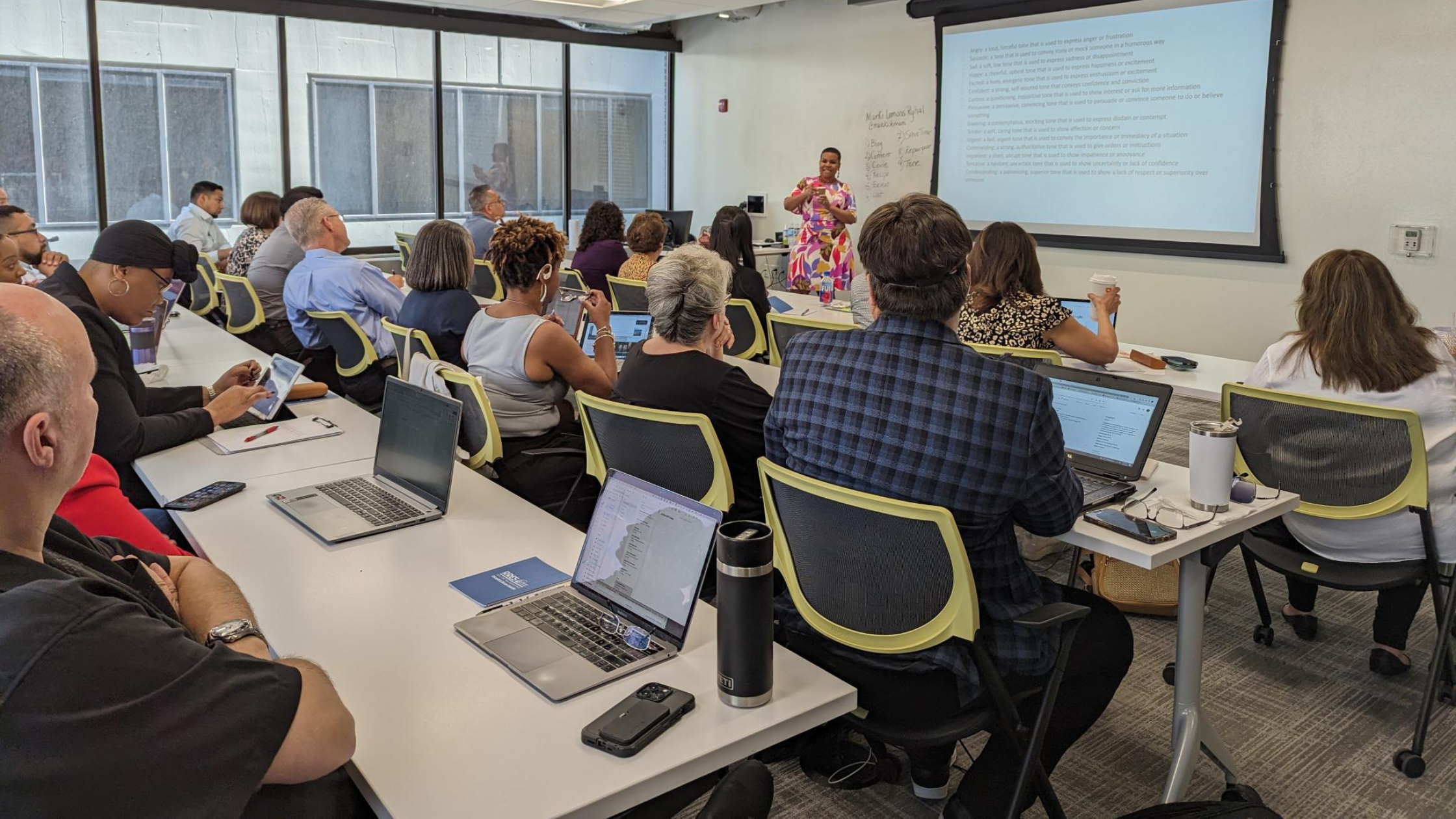Showing a property in a managed building, such as a condominium, apartment or co-op, can present unique situations that often don’t exist when showing single-family homes. These situations require different protocols to be followed by both the listing REALTOR® and cooperating REALTOR®. Review these five best practices to ensure you’re set up for success for your next listing or showing in a managed building.
1. Introduce Yourself To Management and Door Staff
Make a point to introduce yourself to the key staff in the building. This might include a property manager or door staff. These individuals hold the keys to the information you need – sometimes, they literally hold the keys! – and will be an asset in ensuring a successful sale.
Property managers can often answer common questions about the building, where door staff can share access and showing protocol. Not all buildings operate the same. The key is to listen to the building staff and understand their policies and procedures. When introducing yourself, consider saying something such as, “My goal is to become familiar with your building’s rules and regulations, as well as sale/lease procedures so that I can be sure to follow your rules and get you everything that you need when the time comes. I want to make this as easy as possible for you.” This general practice of professionalism can help you win them over and gain a partner in the building to assist with your sale or lease.
2. Review and Follow Building Rules & Regulations
Speaking of those policies and procedures, you’ll want to ask for a written copy of the building’s rules and regulations. Read sections that would apply to your services such as pet restrictions, move-in or out procedures, moving fees, open house restrictions, rules on signage and how to request documents, to name just a few. Knowing all of this information up front will ensure there are no surprises and that you are ready for each inquiry and showing. And while your seller or landlord should know this information already, it’s best to share your findings with them so that they can also plan ahead.
3. Familiarize Yourself With The Location of Building Amenities
Make note of the location of any and all of the building’s amenities. Your seller or landlord may share this, or you may need to speak directly to the building staff for this information. Consider doing a dry run before your first appointment so that you can confidently execute a showing. If you will be providing access directly to cooperating REALTORS® to show their prospective buyers or tenants the property, provide the location of these amenities in your showing instructions so that they can have a successful showing as well.
4. Always Accompany Prospective Purchasers or Renters
Go back to those rules and regulations or the door staff to understand any security protocol for the building. Some might require an ID for entry, while others might require at least two agents for an open house. Whatever the policy, be sure to follow it and be consistent. Meet the prospective buyer or renter outside or in the lobby and stay with them until you have concluded your showing back outside or in the lobby. Whether you are the listing REALTOR® or the cooperating REALTOR®, you should never let prospective buyers/renters wander the building unaccompanied.
5. Only Access Units You Are Authorized to Show
This can be tempting. You’re already at the building, and you learn there’s another unit for sale or rent. The door staff provided you keys for your confirmed showing, so you ask them for keys to this additional unit, so you don’t have to come back. This would be a violation of the Code of Ethics if the seller or listing agent has not authorized a showing. Double check the unit number(s) of any approved appointment before asking for keys or entering units, and only access units you are authorized to access by the seller or listing agent.
Have a listing in a managed building, or do you anticipate one coming up? Do you frequently show properties in managed buildings? Take this opportunity to audit how you list or show in managed buildings. Introduce yourself to key building staff, familiarize yourself with building rules and regulations, update showing instructions in ShowingTime with the location of all building amenities, follow security protocol, always accompany prospective buyers or renters and double check those unit numbers so you don’t accidentally show the wrong unit. With these tips, you’ll stand out as a professional and your clients will thank you for your care and expertise!







